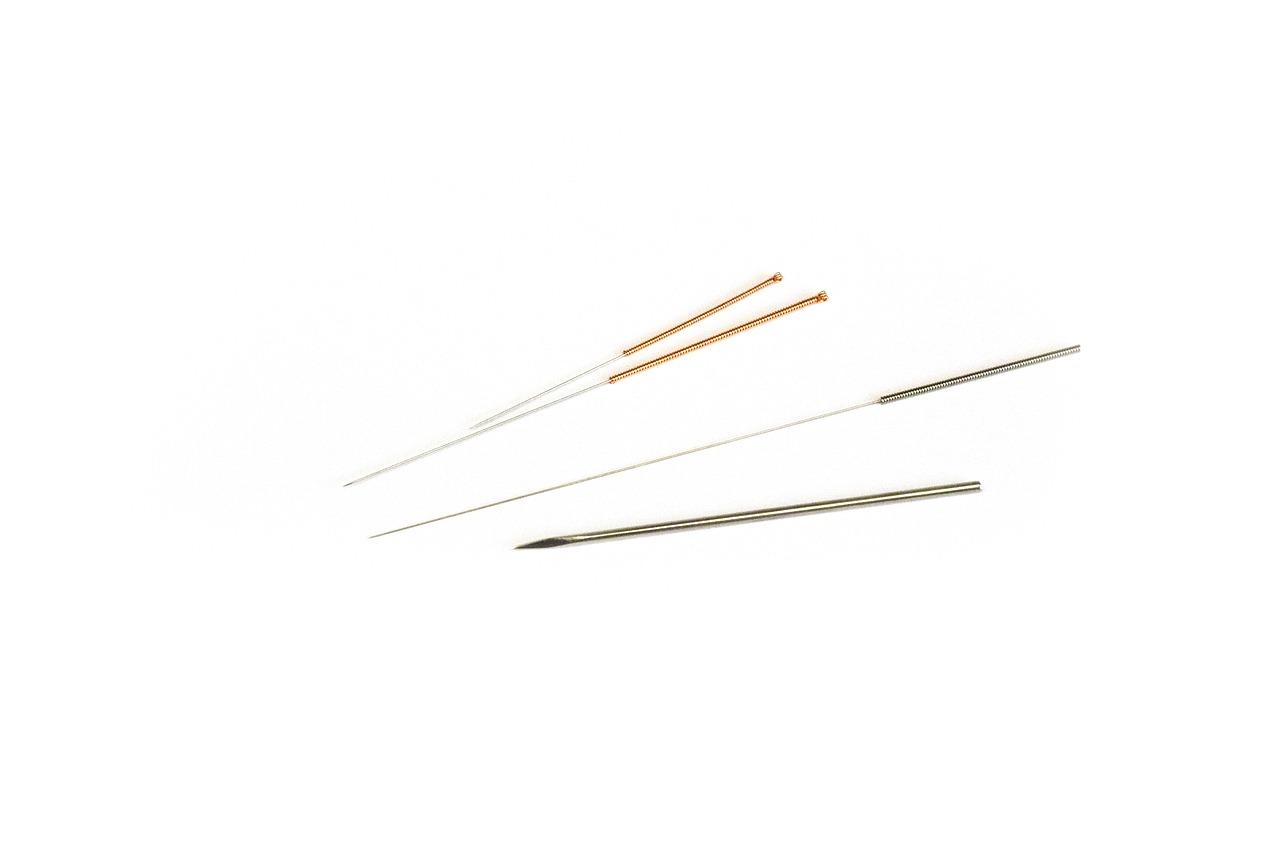Unraveling the Point: Exploring the World of Dry Needling

In the realm of alternative therapies, there is a technique that has been gaining popularity and intrigue—dry needling. While it may sound intimidating, dry needling is a therapeutic approach that involves the insertion of thin needles into specific points in the body, targeting trigger points or muscular knots. This practice is distinct from acupuncture, as it focuses on addressing muscular pain and dysfunction rather than the flow of energy.
How it Works
The needles used in dry needling are incredibly thin, often resembling acupuncture needles. They are inserted into the skin and underlying tissues, reaching the targeted muscles or trigger points. While the process may sound uncomfortable, many individuals report minimal to no pain during the procedure. In fact, some describe it as a sensation of pressure or a slight twitch as the muscles respond to the needle’s presence.
Dry needling is based on the principles of acupuncture and is sometimes referred to as intramuscular stimulation (IMS). The goal of dry needling is to release tension in muscles and fascia, reduce pain, and promote healing. It is often used to treat conditions such as chronic pain, muscle spasms, and sports injuries.
The process of dry needling involves identifying trigger points, which are areas of tight muscle fibers that can cause pain and discomfort. The practitioner inserts the needle into the trigger point, which may cause a brief twitch response in the muscle. The needle is left in place for several minutes to allow the muscle to relax.
Key Benefits
One of the key benefits of dry needling is its potential to provide immediate relief for muscle tightness and pain. By targeting trigger points, the technique stimulates local blood circulation and encourages the release of endorphins, the body’s natural pain-relieving chemicals. This can lead to a reduction in muscle tension, improved range of motion, and an overall sense of relaxation and well-being.

Dry needling has shown promise in addressing various musculoskeletal conditions. It has been used to alleviate chronic pain, manage sports injuries, and treat conditions such as neck and back pain, tendonitis, headaches, and fibromyalgia. While research on the effectiveness of dry needling is ongoing, many individuals have reported significant improvements in their symptoms and quality of life after undergoing this therapy.
It is important to note that dry needling should always be performed by a trained and licensed professional. The practitioner’s expertise and understanding of anatomy are crucial to ensure safe and effective treatment. Additionally, proper communication between the practitioner and the patient is essential to identify the specific areas of concern and tailor the treatment accordingly.
Final Takeaway
Dry needling offers a unique and targeted approach to addressing muscular pain and dysfunction. With its focus on trigger points and muscular knots, this technique aims to release tension, promote healing, and restore optimal function. While more research is needed to further understand its mechanisms and effectiveness, many individuals have experienced significant relief and improved well-being through dry needling.
Related Posts
Cupping Unveiled: Exploring the Benefits of this Ancient Healing Technique
In recent years, alternative therapies have gained significant attention for their potential benefits in promoting …
April 18, 2023My Journey with Acupuncture: Discovering the Power of Traditional Healing
Just like many others, I hesitated to jump on the acupuncture bandwagon. Little did I …
April 18, 2023



